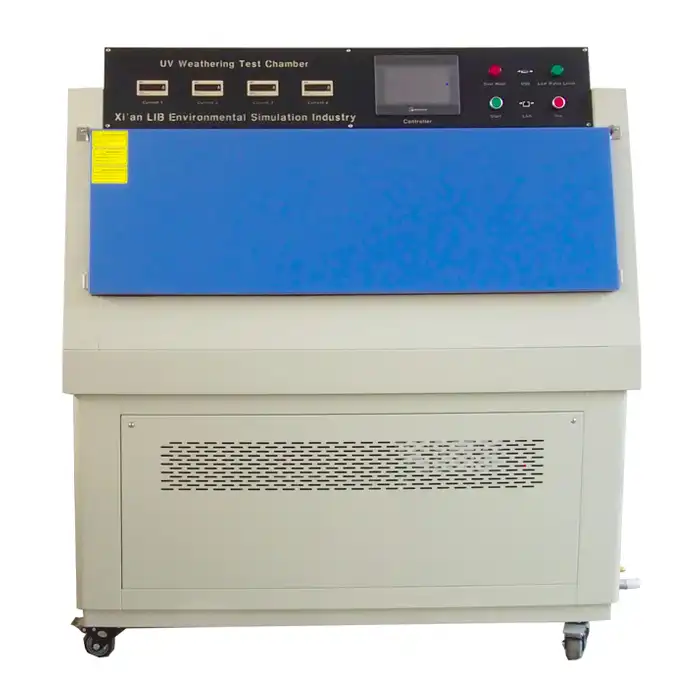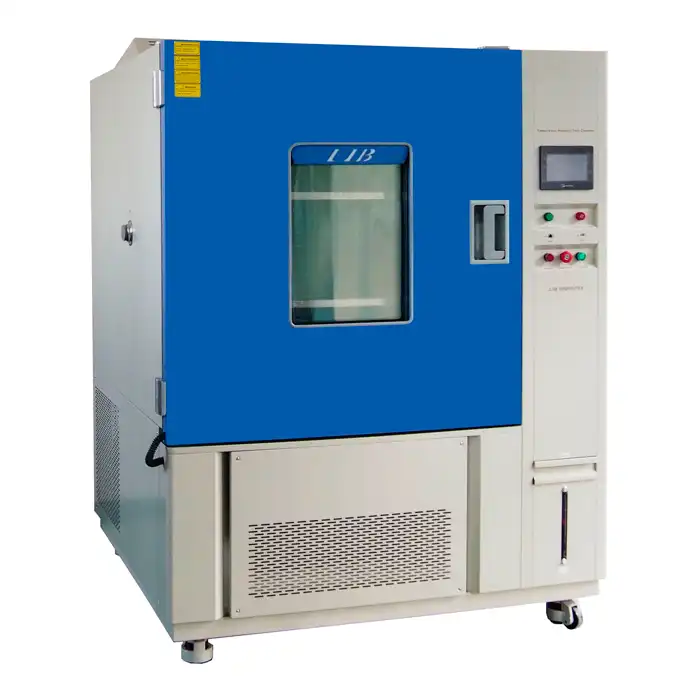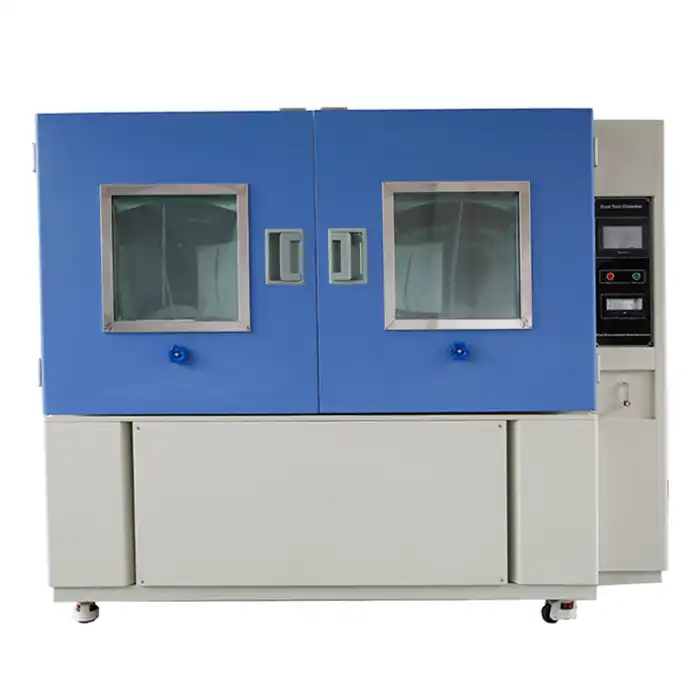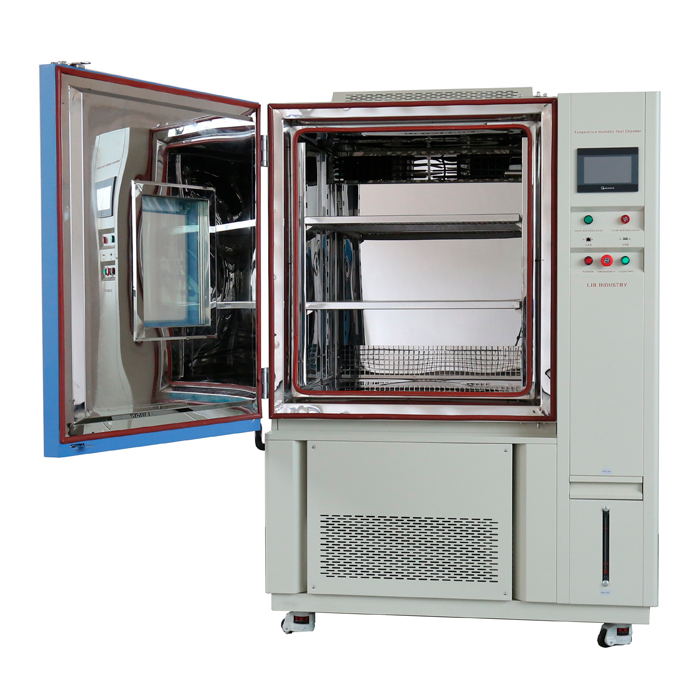Temperature and Humidity Control in Corrosion Testing
Controlling temperature and humidity during corrosion testing is critical to obtaining reliable and replicable results. The performance of a corrosion test cabinet depends significantly on how well these environmental factors are regulated to simulate real-world stress.
Understanding the Role of Temperature and Humidity in Corrosion Processes
Temperature and humidity are not just environmental variables - they are catalysts in the corrosion equation. Elevated temperatures accelerate chemical reactions, while high humidity provides the moisture needed for electrochemical degradation. Together, they replicate real-life environmental exposure that materials face in industrial, marine, and automotive settings.
In corrosion testing, adjusting these two variables allows engineers to predict how metals, coatings, and composites will behave over time. A slight increase in temperature can double the rate of corrosion, while a humidity level above 60% can trigger rust formation on unprotected steel. Manufacturers rely on data from these simulations to improve product design and select more resilient materials.
Optimizing Test Chamber Conditions for Accurate Corrosion Simulation
Precision in corrosion simulation begins with the environment inside the corrosion test cabinet. Achieving accurate and repeatable conditions requires advanced control systems that can maintain temperature and relative humidity within very tight tolerances. A well-calibrated corrosion test cabinet provides a stable environment, reducing inconsistencies that could skew results.
In one comparative study, two identical metal samples were tested in different chambers. The first chamber maintained conditions at 35°C and 95% RH, while the second fluctuated ±3°C and ±10% RH. The result? The fluctuating chamber showed inconsistent corrosion rates, leading to inconclusive test results. The stable chamber, however, produced uniform corrosion patterns, validating the reliability of the data.
Test chamber optimization also includes uniform airflow distribution, mist delivery systems for salt spray tests, and programmable cycles for cyclic corrosion testing (CCT). Maintaining constant parameters ensures that the degradation observed is due to environmental exposure, not equipment variability.
At LIB Industry, our corrosion test chambers are designed with PID controllers, high-precision humidity sensors, and programmable PLC systems to meet the most stringent international testing standards. This ensures that every test delivers meaningful, reproducible outcomes for product validation and certification.
The Science Behind Humidity Control: How Moisture Accelerates Material Degradation
Humidity plays a pivotal role in initiating and sustaining corrosion. When the relative humidity reaches the dew point, condensation forms on the test specimen. This thin moisture film acts as an electrolyte, facilitating the electrochemical reactions between metal surfaces and environmental oxygen. A corrosion test cabinet is often used to simulate these conditions, allowing for controlled environments to study the effects of humidity and condensation on corrosion over time.
In high-humidity environments, corrosion can progress from superficial oxidation to deep pitting or galvanic corrosion, especially in mixed-metal assemblies. The corrosion rate of carbon steel, for example, can increase tenfold when exposed to 90% RH compared to 50% RH at the same temperature.
Precise humidity regulation is essential for simulating harsh field environments such as coastal, tropical, or industrial zones. Advanced corrosion test cabinets use ultrasonic or steam humidifiers and desiccant-based dehumidification systems to maintain a consistent microclimate. This ensures the moisture content aligns with the targeted corrosion mechanism, whether it's salt spray, SO₂ gas exposure, or highly accelerated stress testing (HAST).
Advanced Techniques for Precise Temperature Regulation in Corrosion Testing
Maintaining a constant temperature is vital for replicating real-world conditions. Modern corrosion test chambers are equipped with multi-zone heating systems, thermal insulation, and intelligent feedback loops to maintain temperature accuracy within ±0.5°C.
These chambers often use SSR (solid state relays) and PID (proportional-integral-derivative) controllers that continuously adjust power delivery based on temperature fluctuations. This allows for the simulation of diurnal temperature cycles, freeze-thaw conditions, or accelerated thermal aging with minimal deviation.
Interpreting Test Results: Correlating Environmental Variables with Corrosion Rates
Raw data from corrosion testing is only meaningful when correctly interpreted. The correlation between environmental variables and corrosion rates, often assessed using a corrosion test cabinet, provides actionable insights for material selection and engineering design.
For example, in a 500-hour salt spray test with conditions set at 35°C and 95% RH, a zinc-coated steel sample may show a corrosion rate of 35 µm/year. By adjusting the temperature to 40°C while keeping humidity constant, the rate could rise to 50 µm/year. This indicates a temperature sensitivity of 3 µm/year/°C, useful for predicting real-time degradation in warmer climates.
Another test comparing aluminum alloys under cyclic corrosion conditions showed that samples exposed to 85% RH and a 24-hour salt spray cycle experienced pitting depths twice as severe as those under constant 70% RH. This illustrates the synergistic effect of fluctuating humidity and saline exposure on corrosion behavior.
LIB Industry's corrosion test cabinets support data logging, remote monitoring, and integration with third-party analysis tools, enabling customers to track, visualize, and interpret results with high precision. This not only improves product reliability but accelerates time-to-market by validating materials under controlled, repeatable conditions.
Contact us today at: ellen@lib-industry.com to learn how our corrosion test cabinets can help you achieve reliable, standards-compliant results.
References
1. "Corrosion Engineering: Principles and Practice" by Pierre R. Roberge
2. "Atmospheric Corrosion" by Christopher Leygraf, Thomas Graedel
3. "Corrosion and Corrosion Control" by R. Winston Revie and Herbert H. Uhlig
4. "Electrochemical Techniques in Corrosion Science and Engineering" by Robert G. Kelly, John R. Scully, David W. Shoesmith, Rudolph G. Buchheit











